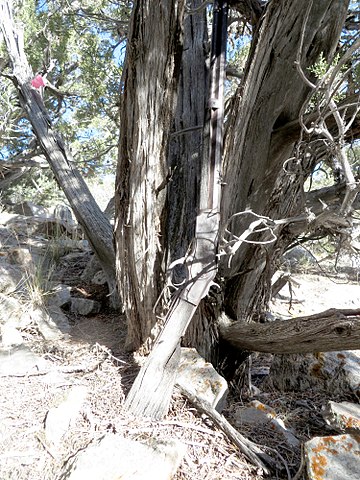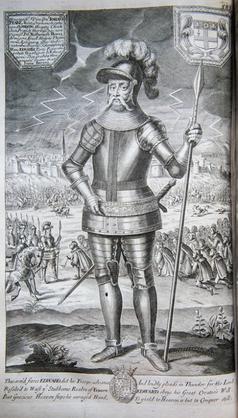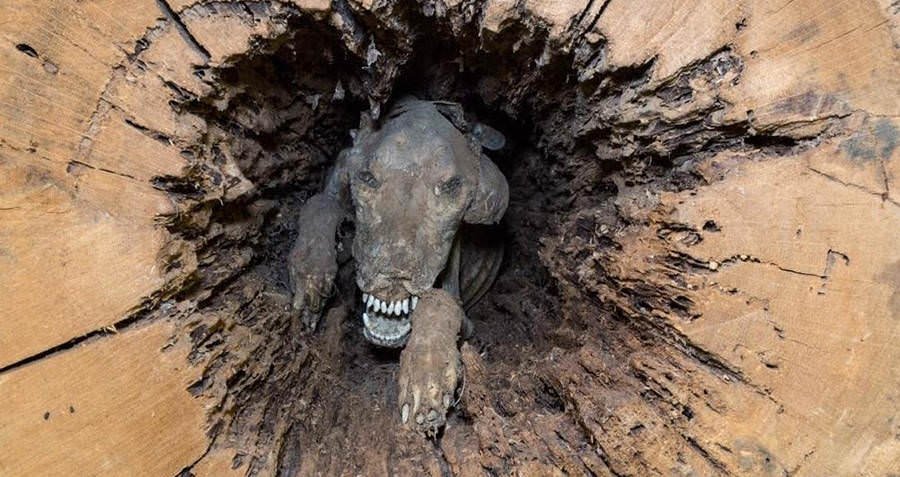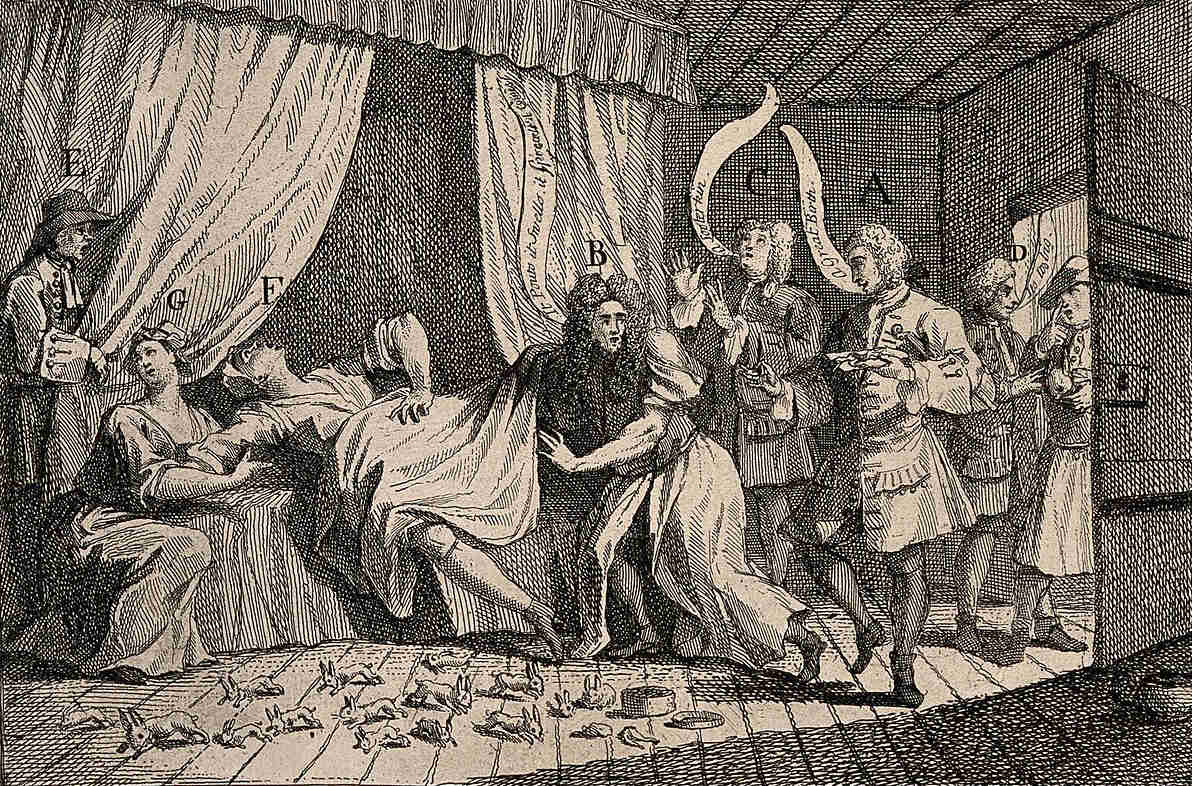
In 2014, archaeologists conducting surveys in Nevada’s Great Basin National Park found a .44-40 Winchester rifle propped against a juniper tree. Manufactured in 1882, apparently it had stood there for a century.
“It looked like someone propped it up there, sat down to have their lunch and got up to walk off without it,” Nichole Andler, the park’s chief of interpretation, told the Washington Post.
Possibly it had belonged to a miner, a rancher, or a hunter. Winchester manufactured 25,000 of this model in 1882, so its presence isn’t exactly surprising. But why did the owner abandon a $25 rifle?
“It probably has a very good and interesting story,” Andler said, “but it probably is a story that could have happened to almost anyone living this sort of extraordinary existence out here in the Great Basin Desert.”
It’s now on permanent display at the park’s Lehman Caves Visitors Center.






